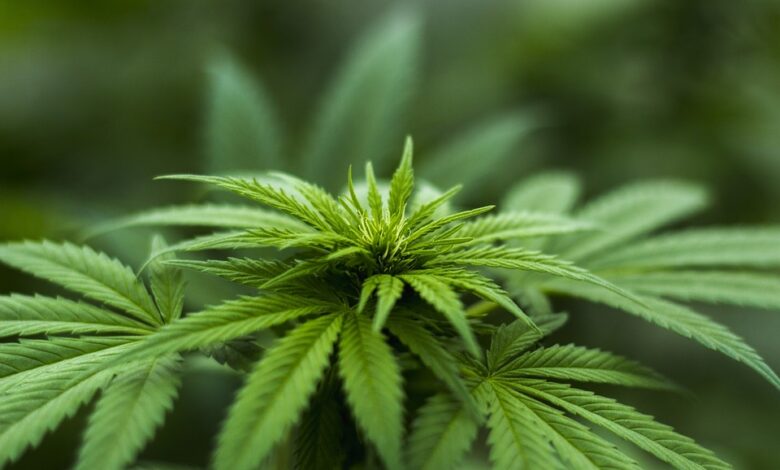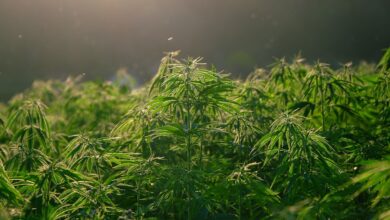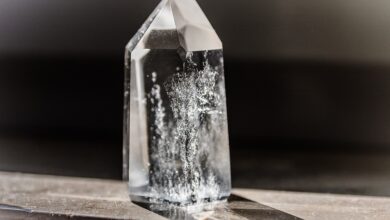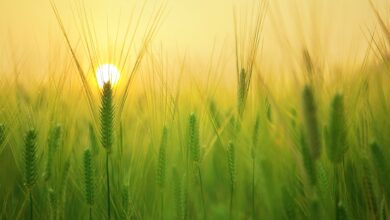Hemp: The Eco-friendly Solution to Paper and Textiles

Hemp has been used for thousands of years as a material for making paper and textiles. In recent years, it has gained attention for its eco-friendly properties and its potential to replace traditional materials like cotton and wood. Hemp is a versatile and sustainable crop that can be used to make a wide range of products, from clothing to building materials. In this article, we will explore the benefits of hemp as an eco-friendly solution to paper and textiles and look at some of the frequently asked questions about this remarkable plant.
The History of Hemp
Hemp has a long and storied history, dating back to ancient China and Mesopotamia. It has been used for various purposes, including food, medicine, and textiles. Hemp fiber was used to make clothing, rope, and paper, and the seeds were used as food and in the production of oil. In the 17th century, hemp was a crucial crop in colonial America, and
George Washington and Thomas Jefferson both grew hemp on their plantations.
However, the cultivation of hemp declined in the 20th century due to its association with marijuana, and it was banned in many countries. Despite this, hemp continued to be used for various industrial purposes, including the production of paper and textiles. In recent years, there has been a resurgence of interest in hemp as a sustainable and eco-friendly alternative to traditional materials.
The Benefits of Hemp
Hemp has several advantages over traditional materials like cotton and wood. First and foremost, it is a highly sustainable crop that can be grown without the use of pesticides or herbicides. This means that it has a lower environmental impact than other crops and is better for both the Earth and the people who work with it.
Hemp also grows quickly and requires minimal water and space, making it an ideal crop for sustainable farming. It can be harvested in as little as 120 days and produces a significantly higher yield per acre than other crops like cotton or wood. This means that it can be grown on a smaller amount of land, reducing the need for deforestation and preserving natural habitats.
In addition to its environmental benefits, hemp is also a durable and versatile material. It can be used to make a wide range of products, from clothing to paper to building materials. Hemp fibers are strong and long-lasting, making them an excellent alternative to cotton or wood pulp. Hemp paper is more durable and has a higher tensile strength than wood pulp paper, and hemp textiles are breathable, absorbent, and resistant to mold and mildew.
Furthermore, hemp is biodegradable and can be recycled, making it a truly sustainable material. It can be composted at the end of its life cycle, returning valuable nutrients to the soil. This makes it a much more eco-friendly option than traditional materials like plastic and synthetic fibers, which can take hundreds of years to decompose.
FAQs about Hemp
Q: Is hemp the same as marijuana?
A: Hemp is a different variety of the Cannabis sativa plant than marijuana and contains very low levels of THC, the psychoactive compound found in marijuana. Industrial hemp is grown for its fibers and seeds and is not used as a recreational drug.
Q: Is hemp legal to grow?
A: The legal status of hemp varies from country to country. In the United States, the 2018 Farm Bill legalized the commercial cultivation of hemp, and many other countries have also relaxed their restrictions on hemp cultivation. However, it is important to research the laws and regulations in your area before growing hemp.
Q: Is hemp more expensive than traditional materials?
A: While the initial cost of hemp products may be slightly higher than traditional materials, the long-term benefits of using hemp, including its durability and sustainability, make it a more cost-effective option in the long run.
Q: How is hemp processed for paper and textiles?
A: Hemp fibers are extracted from the stalk of the plant and then processed into a pulp for paper or spun into yarn for textiles. The seeds are also used to produce oil, food, and other products.
In conclusion, hemp is a truly eco-friendly solution to paper and textiles. It is a sustainable crop that can be grown without the use of pesticides or herbicides and can be harvested in a fraction of the time and space needed for other crops. Its durable and versatile properties make it an ideal material for a wide range of products, and its biodegradability and recyclability make it a truly sustainable choice. As the demand for sustainable and eco-friendly materials continues to grow, hemp is poised to play a crucial role in building a more sustainable future.
[ad_2]




